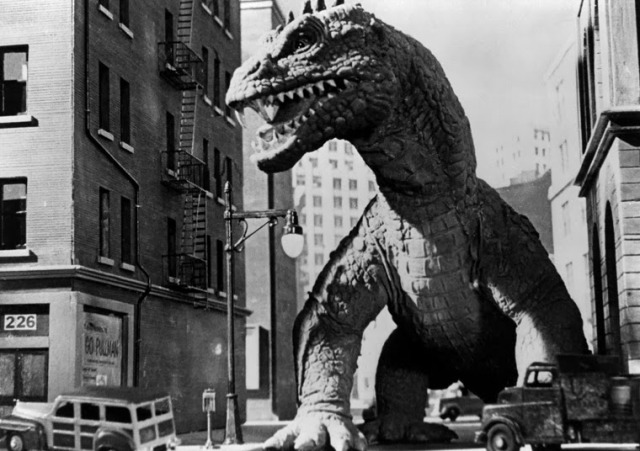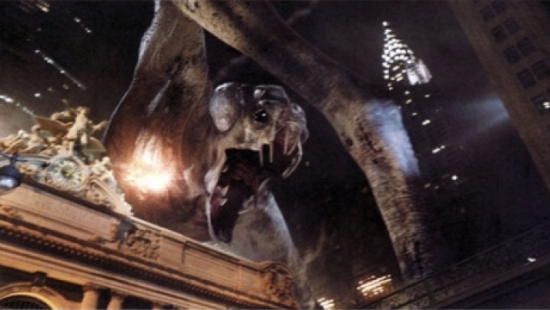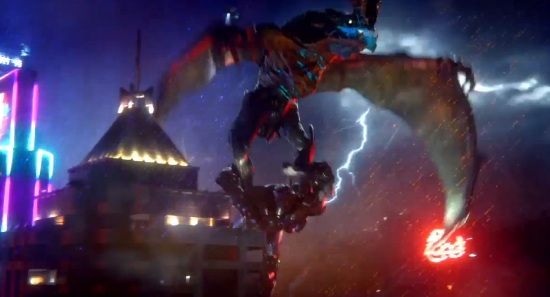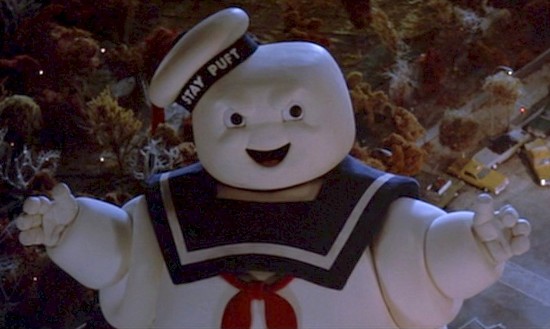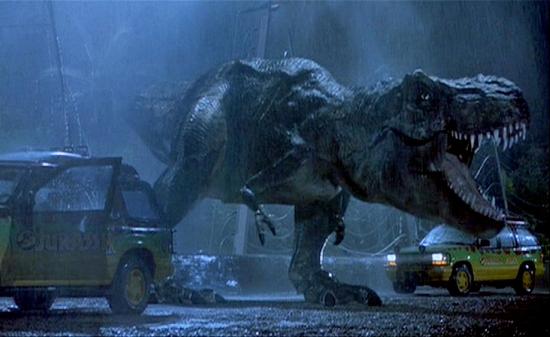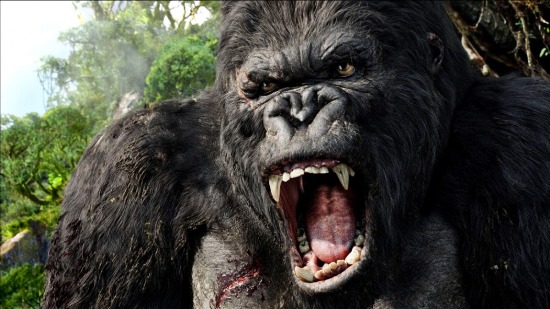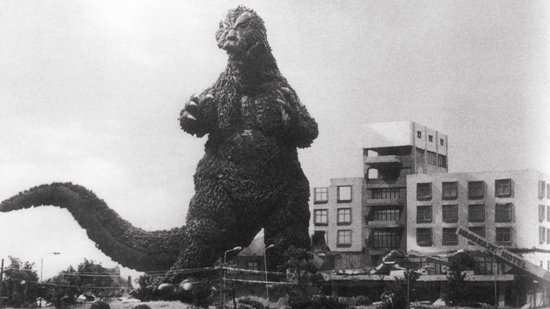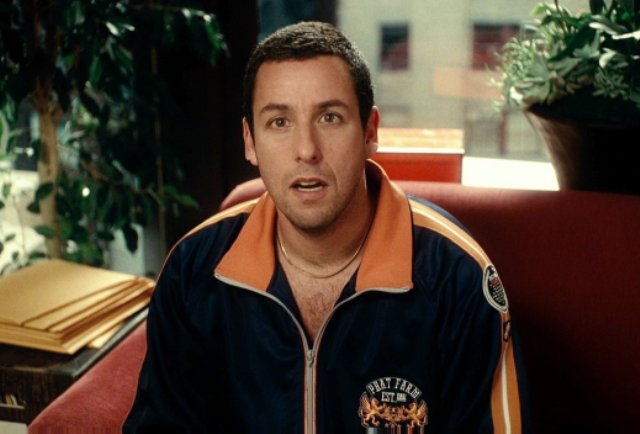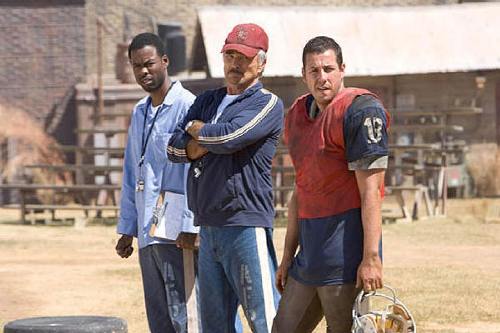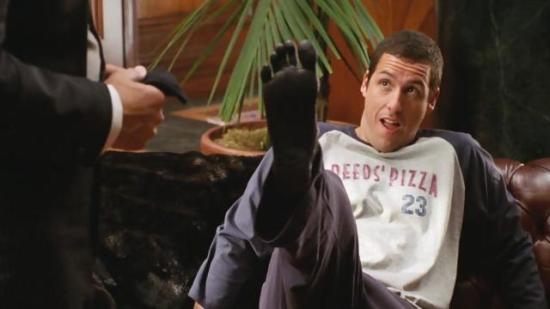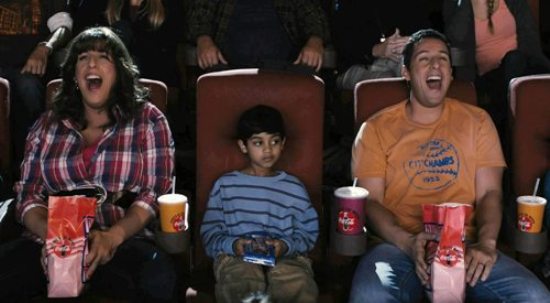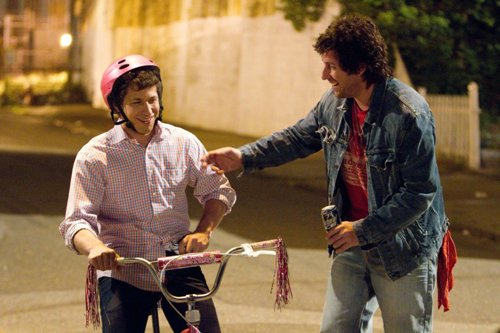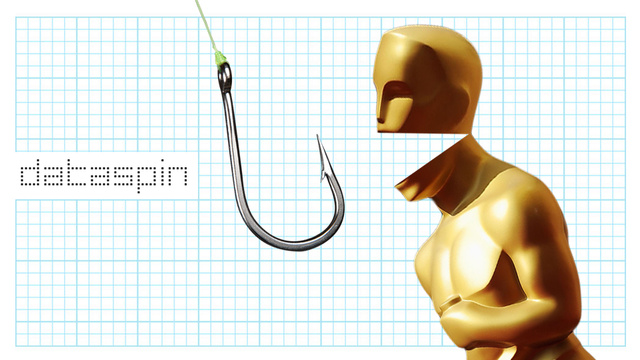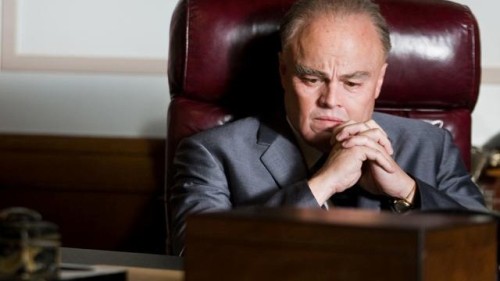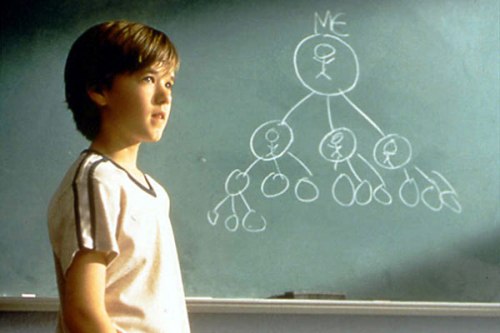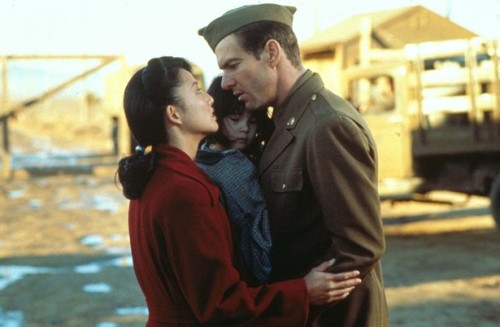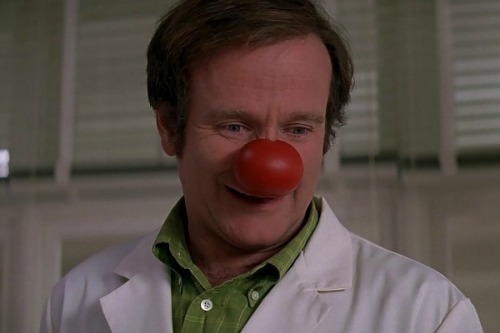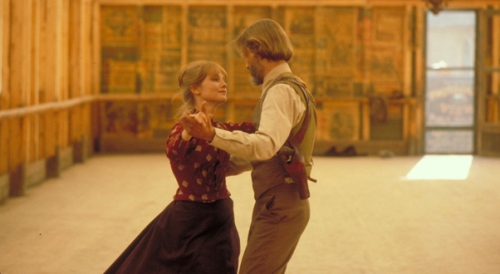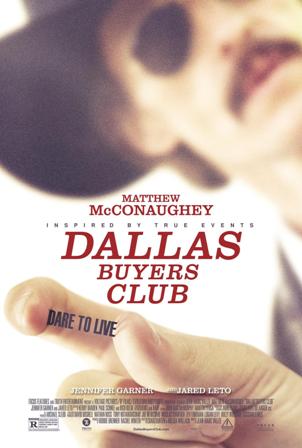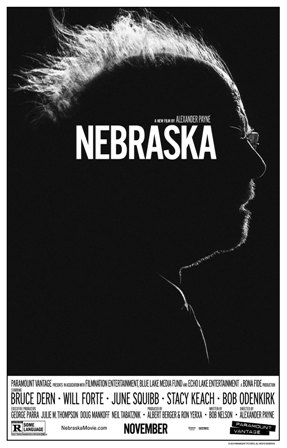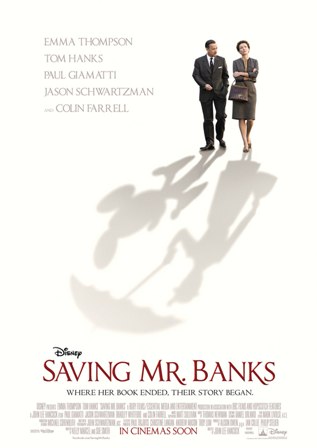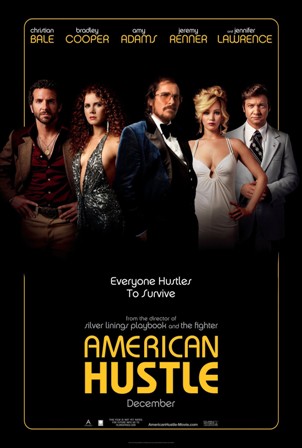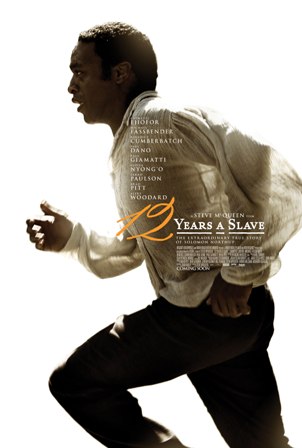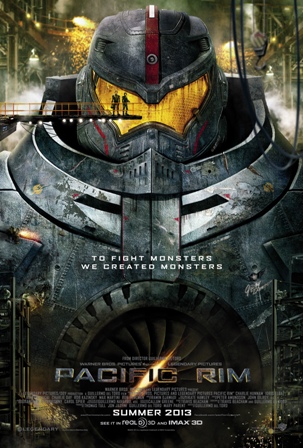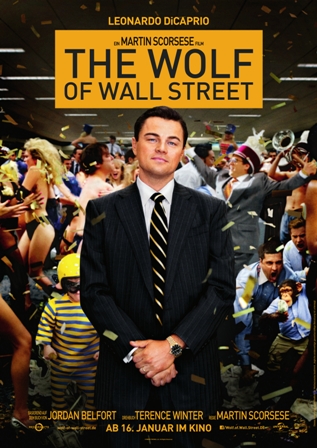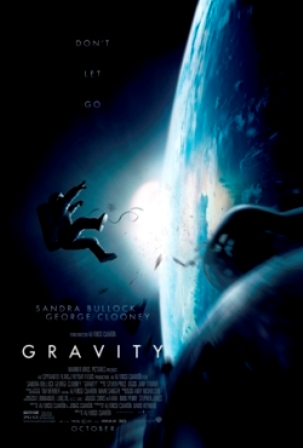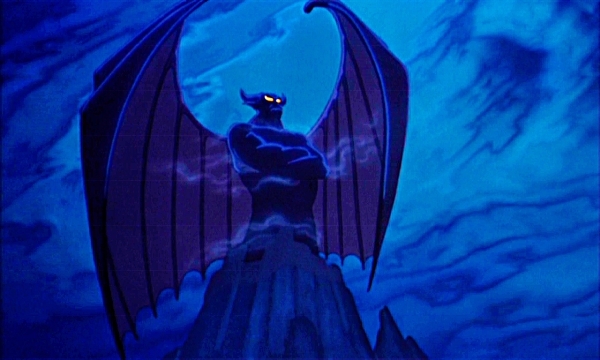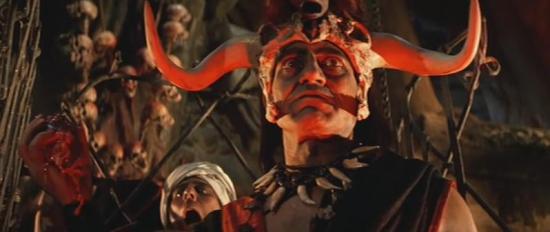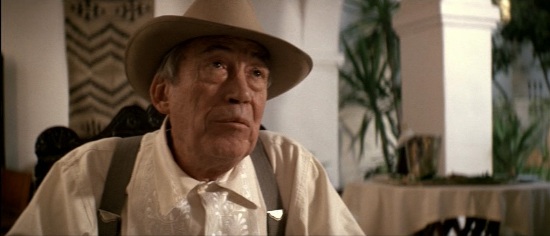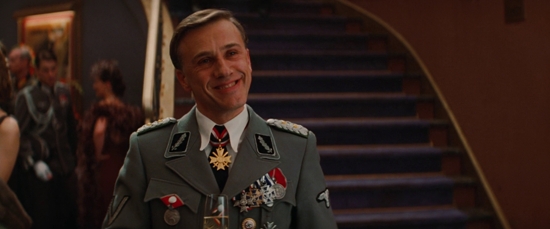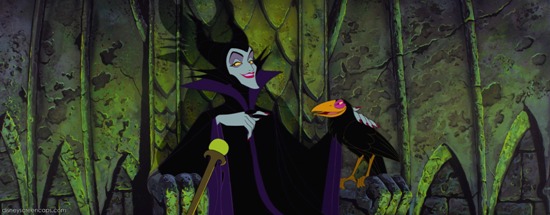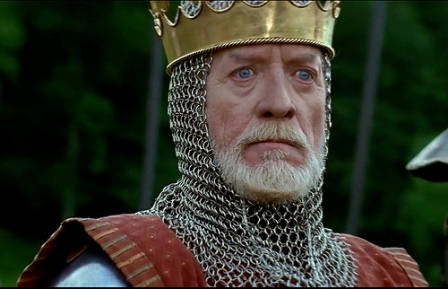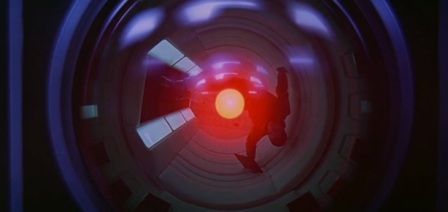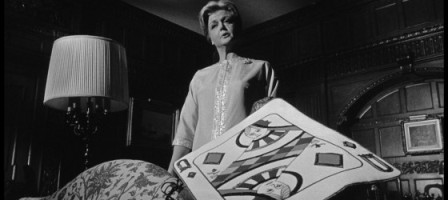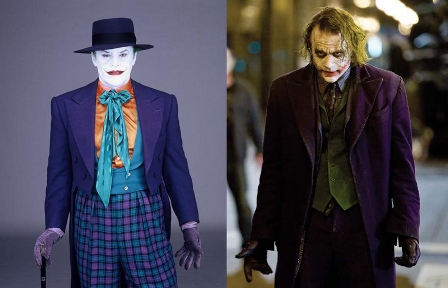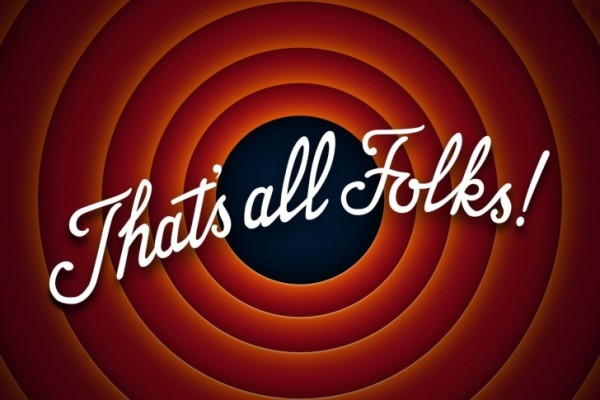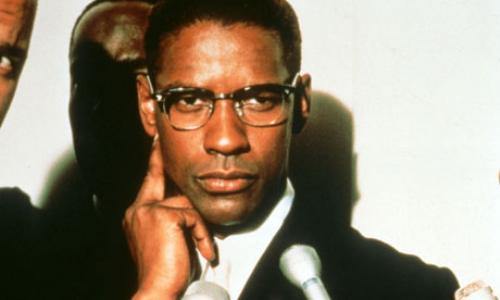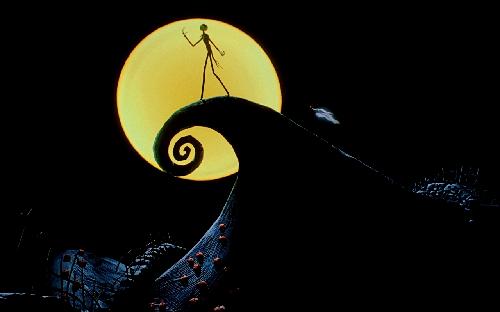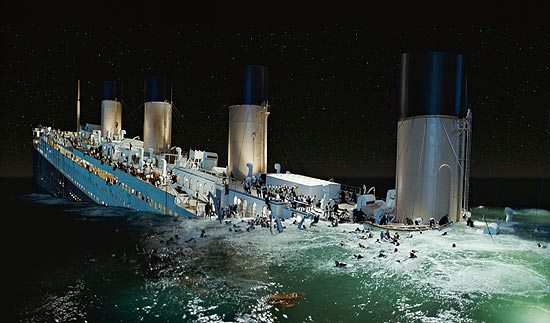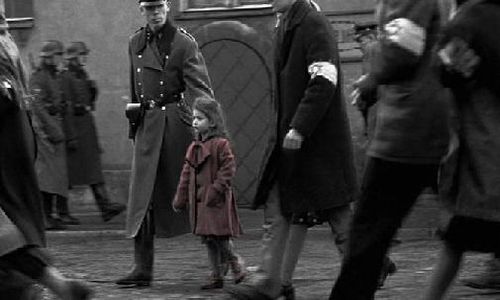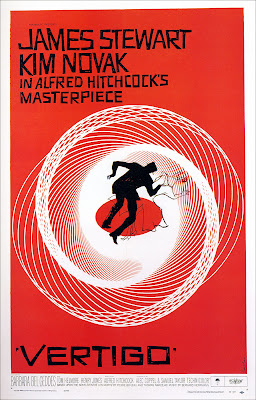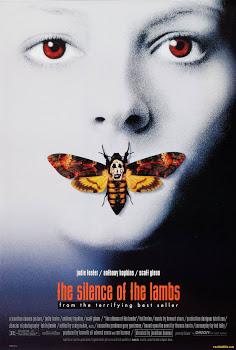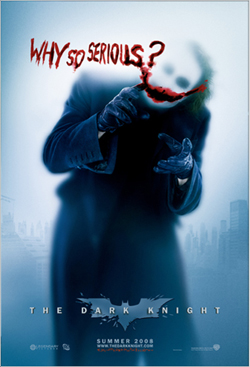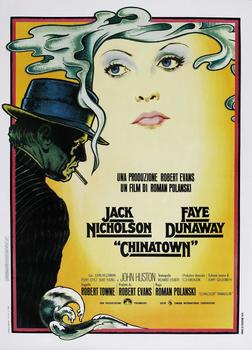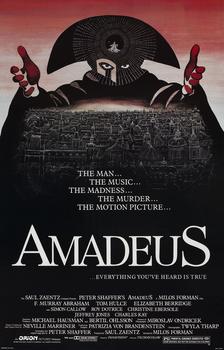It’s funny how our tastes in movies are sometimes dictated by whatever mood we are in. Sometimes we gravitate towards thoughtful, provocative and classy pictures, and then other times we just like to see shit blow up in a loud action flick. The latter of the two is probably the kind of movie that draws more people in, and that’s not necessarily a negative. Action movies offer a great deal of entertainment value, and sometimes what appears on the surface to be dumb action fun can actually have an intellectual undercurrent to it. That’s probably why a lot of smart filmmakers out there dabble every now and then in a larger than life action flicks. Hell, even subversive filmmaker David Lynch had made a loud sci-fi action film called Dune (1984), and many of his fans didn’t see it as a sell-out for him. I think the reason why action films are such an attractive avenue for film-making is because they offer more opportunities to let the imagination go. And indeed, this has become true for a whole generation of filmmakers that were weened on B-Movie flicks from yesteryear. Once a sub-class of filmmaking that was looked down upon by critics and studio execs in Hollywood’s early years has now become mainstream, with big idea filmmakers like Steven Spielberg, James Cameron, Peter Jackson, and yes even Michael Bay leading the way. Nowadays big money rules the action genre, and more and more ambitious filmmakers are getting their chance to take these concepts they learned from all of those cheap and campy B-Movies of the 50’s and 60’s, and bring them to their full potential. And the most common of those B-Movie inspirations that seems to have left an impact on the big screen in recent years is the presence of giant, larger than life monsters wrecking havoc on modern civilization.
A staple of 50’s sci-fi, Giant Monsters have become some of the most beloved cinematic creations in movie history. Whether created by science, or through magic, or are visitors from another planet, we always seem to love watching these creatures wreck havoc on society. But, what is it about them that has let them to leave such an impact? I think it’s due to the overwhelming threat that each of them poses and how humanity is able to deal with it. Some of these creatures are based off of animals that we are all familiar with in real life, and also ones we know how to deal with if they threaten us. When that same creature is many times it’s normal size, then the stakes are raised, and humanity’s best laid plans are not quite as effective. It’s the point where human beings become vulnerable to creatures that are beyond their comprehension that we find most interesting in these movies, and the more creative the creature, the more we are entertained by all the chaos they create. True, nowadays we have CGI technology to help bring these massive creatures to life, but in the early days, you either had to use puppetry or stop-motion, or a combination of both to bring these iconic creatures to life, or just trick photography. And if you were making monster movies in Japan, more than likely you would be using a actor in a rubber suit. But, even with those crude techniques, we saw many unique and varied monsters come to life; anything from giant ants; to giant lizards; to even giant people. What follows is a list that I put together of what I think represents the most iconic of these modern movie monsters, based on the creativity of their design, their impact on the movie, and how well they left an impression on audiences.
10.
THE “CLOVERFIELD” CREATURE from CLOVERFIELD (2008)
This J.J. Abrams produced, Matt Reeves directed movie about a monster attacking New York City could not have been more mysterious when it was due to premiere in early 2008. The first trailer for the movie didn’t even have a title listed, and when it was revealed to the public that the movie was going to be called Cloverfield, I’m sure that it left people even more confused. All we knew going in was that something big was wrecking havoc in the middle of NYC and it very well could have been anything. Thankfully, when the monster was fully revealed nearly half-way through the film, it was actually worth all of the teasing. The design of the creature is like nothing we’ve ever seen before; sort of a mix of a giant spider with what looked like the enormous appendages of a crippled horse. And boy was it big too. At least over 200 feet in height. This was truly a monster that not only looked terrifying, but felt like it was indestructible; as if nothing could stand in it’s path of destruction. The movie also chose to wisely to hold off on showing the creature until it would have the best impact, successfully pulled off with the narrow viewing of a hand-held camera. Had the monster not worked in Cloverfield, I’m sure the found footage gimmick would have failed, so thankfully for the filmmakers, they created a beast that definitely stood out.
9.
GAMERA from THE “GAMERA” SERIES (1965-80)
Japanese cinema in the 50’s and 60’s emulated a lot of the same formulas that were popular in the west, and that included many of the B-Movies that were imported overseas. Not to be outdone, Japanese filmmakers sought to make action movies of their own, and that included taking concepts known in their culture, namely the idea of Kaiju monsters, and bringing them to realm of Sci-fi. Kaiju literally means “giant monster” in Japanese, so it could be a good term to use for any monster on this list, and indeed it was the Japanese “Kaiju” films that popularized the concept to an international audience. Many popular monsters came out of this era in film, but one of the standouts was definitely the giant Snapping Turtle known as Gamera. Unlike many of the other Kaiju monsters, Gamera was not malicious in nature, and indeed, in some of his later films he acted more like a savior to mankind than a threat. That’s not to say that he wasn’t ferocious. He had a lot of signature moves, like his fiery spinning attacks, which helped to make him a favorite to audiences worldwide and certainly among on the Japanese culture’s marquee names, along with another on this list. Because of monsters like Gamera, the Kaiju concept has lived on and left a lasting impact that while still distinctly Japanese in origin, nevertheless has influenced filmmakers all over the world.
8.
THE WINGED KAIJU from PACIFIC RIM (2013)
Speaking of filmmakers influenced by Japanese “Kaiju” movies, director Guillermo del Toro put his own spin on the genre when he created his critically-acclaimed action thriller, Pacific Rim. He went so far as to name the alien creatures in his movie simply Kaiju, clearly stating the overall Japanese influence in his film. The movie’s plot is pretty straightforward; it’s nothing more than giant monsters fighting giant robots called Jaegers. But what makes the movie so memorable is just how well that concept is executed. Many of the numerable fight scenes in the movie features Kaiju monsters that would easily find their way on to this list, most of which were designed by del Toro himself. But if I were to single out just one, it would be the Winged Kaiju that’s featured in the movie’s most extended and memorable action sequence. We see the creature attacking the city of Hong Kong and searching high and low for it’s target; specifically the character played by actor Charlie Day. Once it finally encounters the memorable Jaeger robot named Gipsy Danger, we get what is probably the film’s most pleasing showdown, and it’s a fight that brings out the full potential of del Toro’s imaginative concepts. This particular Kaiju gets the nod for being the right kind of foe in the best part of the movie, bringing Gipsy Danger to the absolute brink of it’s power, taking the machine even into the outer limits of space. Luckily they thought to give Gipsy a sword for just such an occasion, which also gives this memorable creature an even more memorable sendoff.
7.
THE KRAKEN from PIRATES OF THE CARIBBEAN: DEAD MAN’S CHEST (2006)
Though a popular staple in many fantastical cinematic adventures, such as Disney’s 20,000 Leagues Under the Sea (1954) or the cult classic Clash of the Titans (1981), the monster known as the Kraken has been present in literature all the way back to ancient Norse mythology. Essentially a giant squid that is large enough to destroy a ship with it’s mighty tentacles, The Kraken represents a very different kind of monster; one that represents people’s fears of the unknown and what lies deep down in the abyss of the mighty ocean. Naturally, this makes the Kraken a perfect adversary in stories of Pirate lore as well, and indeed that is how the creature became a part of Disney’s grand scale Pirates of the Caribbean series. Featured prominently in the second film of the franchise, Dead Man’s Chest (2006), the Kraken is summoned by the film’s villain Davy Jones to destroy any sailing ships they come across, so that Jones can collect the souls that the creature destroys. What makes this version of the creature so memorable is the absolute ferocity of it’s destruction. When the Kraken has it first appearance in the film, it is a truly brutal scene, showing that the creature is a force to be reckoned with and perhaps the deadliest predator in the entire ocean. When it uses it’s two largest tentacles to smash a ship apart, the full scale of the creature becomes apparent, and it was smart on the filmmakers part to not reveal too much of the creature. By doing so, they left it up to our imaginations to determine what the true scale of this monster was. Much like the fabled creature that it’s based on, this Kraken is a mighty force that will definitely stick in one’s mind, and probably one of the best things to come out of the Pirates franchise.
6.
THE GREAT WHITE SHARK from JAWS (1975)
Probably the most realistic monster on this list, the shark from Jaws is no less a monumental movie monster in cinematic history. This beast was the brainchild of famed novelist Peter Benchley, who conceived the idea of a creature from our familiar natural world but with an unnatural ferocity that makes him far more threatening than any other average shark in the ocean. The shark in this movie is larger and more keen on eating humans than any other of it’s kind, and that’s what makes him so memorable in this story. Sharks are of course a creature to be feared to begin with, but after this film made it to theaters, there was actually a sharp decrease in oceanside vacationing across the country, because people thought that sharks like the one in Jaws were lying in wait just about everywhere. This shows the magnitude of just how well Spielberg’s adaptation of Benchley’s novel was. The shark in question was a mechanical puppet that gave the film’s crew many nightmares during production, which actually turned out to be a blessing in disguise. Because the shark barely worked on set, Spielberg shot around those moments by taking the camera underwater and showing us the world from the shark’s point of view. By doing this, Spielberg actually heightened the impact once we finally see the full body shark, and it also gave us the unsettling tension of watching what it’s like to see a shark stalking it’s prey from it’s own perspective. Altogether, it makes this Great White Shark a truly menacing and fear-inducing monster. He may not be one of the largest creatures on this list, nor one of the most other-worldly, but there is no doubt that he’s still one of the most frightening creatures that has ever been brought to the big screen.
5.
SMAUG from THE HOBBIT: THE DESOLATION OF SMAUG (2013)
Author J.R.R. Tolkein created some of the most imaginative creatures in his Middle Earth novels, as well as some of the most terrifying monsters as well. When Peter Jackson took upon the adaptations of Tolkein’s work, he sought to use all the best film-making and visual effects tools to bring those same creatures to life. While there are many monsters that stood out in the Lord of the Rings trilogy that would deserve a place on this list, like the Balrog from The Fellowship of the Ring (2001) or the Mumakils from The Return of the King (2003), the most remarkable creature from Middle Earth that has made it to the big screen is actually from The Hobbit trilogy. That honor goes to Smaug the Dragon; a truly immense creature that dwarfs all others in these Tolkein universe. Smaug truly does represent the culmination of everything that Peter Jackson’s production team has learned to date and you can see that fully in how well they made the creature feel both authentic and other-worldly all at the same time. The way that Smaug moves around in the golden vaults of the Lonely Mountain is animated with such beauty and it displays the fully weight and size of the creature. Also, Smaug is the only creature on this list that can speak; with the voice of Benedict Cumberbatch. So, not only is Smaug an imposing force physically, but he also has human-like intelligence, which makes him an even more deadly foe. Truthfully, it was a risky thing to give the character a voice, considering that no such ability was established with any of the other creatures in the Rings and Hobbit movies, but doing so stayed true to Tolkein’s novels and the final result managed to work in the end.
4.
THE STAY PUFT MARSHMALLOW MAN from GHOSTBUSTERS (1984)
Probably the strangest of of the creatures on this list, the Stay Puft Marshmallow Man is also one of the most imaginative. The living manifestation of Sumerian god Gozer’s destructive Traveler monster, it takes the form of whatever it’s victim chooses. Since the Ghostbusters themselves were left to chose the Traveler’s form, they tried to consciously avoid making that choice. Unfortunately, ghostbuster Ray Stantz (Dan Aykroyd) thought up something that he thought would be harmless when he should have thought of nothing, and low and behold, the Traveler arrived in the form of cuddly corporate icon, Mr. Stay Puft. The Stay Puft Marshmallow Man really does represent the movie in a nutshell; being altogether hilariously silly and horrifically terrifying at the same time. Though he may look adorable, make no mistake, he is out to destroy you. He appears briefly in the film, but still manages to tear up a good portion of Mid-town Manhattan in the meantime. He even destroys a church, which really gets the Ghostbusters steammed. What I love best about this particular monster is just how well executed it is. If you look at the idea on face value in the original script, this should have been the most ridiculous idea for a climax ever in an action comedy, and yet Mr. Stay Puft perfectly fits within the irreverant nature of the whole film. When he shows up at the end of the movie, it’s a perfect punchline to the whole adventure that the Ghostbusters have been on. Not only that, but the creature has also become an iconic element of the film, becoming just as popular as some of the main characters. We may not remember every little detail of the movie itself, but we remember a monster like Stay Puft, which is what all the best monsters do.
3.
THE TYRANNOSAURUS REX from JURASSIC PARK (1993)
Like in the shark in Jaws, another Spielberg production, the tyrannosaurus is a real life monster from our own naturalistic history; albeit transplanted from a different time and place. When put into contact with human beings in this movie, the dinosaur does what all great movie monsters do and that’s to become a larger than life threat that cannot be controlled. Brought back to life through genetic cloning, the T-Rex in the movie is certainly the film’s most iconic creature. Spielberg cleverly used a variety of techniques to help bring this monster to life, using both animatronic puppetry as well as breakthrough CGI animation. The end result is a truly spectacular creation that really makes you believe that dinosaurs have come back to life. Amazingly, those CGI-animated scenes still hold up after 20 years. But it’s not just the gadgetry behind it’s creation that makes the T-Rex such an iconic monster; it’s also the way he’s used in the film. The scene where he first makes his escape is one of the most tension filled scenes in movie history. I’m sure that a lot of people remember every moment of that particular scene, from the the iconic ripple in the water to the moment when the T-Rex eats the man sitting on the toilet. The T-Rex in Jurassic Park represents a perfect example of taking a wild animal out of it’s element and letting it run wild. A lot of credit is due to the sound effects team, who gave the T-Rex a truly memorable and terrifying roar. Though the T-Rex may not be the ultimate foe for the heroes in the movie, and in fact he saves the day by attacking the villainous Raptors, he is still the standout part of the film and one of cinemas greatest giant monsters.
2.
KONG from KING KONG (1932 ORIGINAL AND 2005 REMAKE)
Essentially cinemas first iconic giant movie monster, Kong made an impact not just in the visual effects world when he first debuted in 1932, but also on all film-making in general. For the first time ever on screen, we saw a visual effect actually give a performance in a movie, and in some cases show more personality than his live action human co-stars. Everything about the original has become legendary today; his first appearance out of the jungles of Skull Island, his fights with the menacing dinosaurs that also call the island home, and also his unforgettable trek to the top of the Empire State Building. Kong is without a doubt a groundbreaking character, and justifiably has earned his spot among the greatest movie monsters of all time. Not surprisingly he has influenced many of the other movie monsters that have come since, like the Japanese Kaiju’s and the creatures that inhabited many of those classic B-Movies of yesteryear. But, what is most surprising is that unlike many of the other monsters on this list, Kong is not inherently malicious. In fact, he’s pretty docile for the most part and only attacks humans when provoked; much like how wild animals are in real life. This was something that was explored more fully in Peter Jackson’s 2005 remake, where Kong actually acted as a protector to his human companion Ann Darrow (Naomi Watts), who in turn grows more sympathetic towards the monster as the film goes on, and slowly begins to see the humanity underneath Kong’s rough exterior. That’s not to say that Kong isn’t a push-over either. His fight with a group of blood-thirsty dinosaurs in the remake is particularly brutal and shows just how mighty the giant ape is. Brought to life by motion-capture from actor Andy Serkis, Peter Jackson’s Kong brings out a lot of the extra personality that was hinted at in the original and does an excellent job of updating the mighty monster to the modern age, while still being respectful to what was there before.
1.
GODZILLA from THE “GODZILLA, KING OF THE MONSTERS” SERIES (1954-PRESENT)
We’ve seen many iconic monsters in the movies over the years; from giant turtles, to giant apes, to even a marshmallow man. But if there is one that has managed to become the mightiest of them all, it would be Godzilla, the King of Monsters. Godzilla is without a doubt the most iconic of the Japanese Kaiju monsters, and has enjoyed a long running shelf life in movie theaters that has been going on for 60 years strong. Starting off with his debut in the 1954 Japanese classic Gojira, Godzilla has gone on to international fame and notoriety. Even people who have never seen a single movie in the franchise can recognize the spiky tailed creature just by looking at him, showing how strong his cultural impact has been. He’s appeared in over 20 films to date and has clashed with many other monsters, almost always coming out as the victor. Hell, he even has gone up against two other monsters on this list in various films; King Kong and Gamera, and even they were no match for the mighty Godzilla. He earns the top spot on this list mainly because no other monster has had the same kind of over-arching legacy that he has had. Found in all sorts of different media, from movies to television, and even in animation, Godzilla is without a doubt a cinematic icon. Although he’s still a firmly Japanese cinematic property, he has managed to become popular enough to get the Hollywood treatment twice; first in the disastrous 1998 Roland Emmerich misfire, and again in the better but still flawed 2014 film. The good thing about the latter production is that it did right by the monster himself, and when he was allowed to show off his best talents, it was done spectacularly well. Thankfully, Godzilla’s legacy is still going strong and will continue to cement his reputation as the undisputed King of all Monsters.
So, there is my list for the greatest Giant Monsters in movie history. Though there are many more noteworthy creatures that could have made the list, these I thought best represented the best of the concept on the big screen. When you want a memorable display of destruction captured in a movie, you’ve got to have a worthy foe capable of causing the biggest amount of mayhem. And certainly, the bigger the foe, the greater the odds are against our heroes, which helps to make the tension in these action movies all the more exciting. Sometimes it’s good enough when the mighty beasts are just forces of nature, like the Great White Shark or a T-Rex, but it’s sometimes even more unforgettable when the monster comes from the unknown like Mr. Stay Puft or the ferocious Kaijus. Even more dangerous is a malicious monster with an intelligent mind, like Smaug. Overall, these are the creatures that leave an impact on us when we watch a great action movie, and it shows all the many creative ways that filmmakers can make the extraordinary happen. In the end, that’s what makes it alright to appreciate an over-the-top action thriller, because our imaginations really hit their highest points whenever we dream up the most trying of adversaries. Not only that, but it’s also just a lot of fun to see big monsters having fun destroying things. That’s cinema for you.
